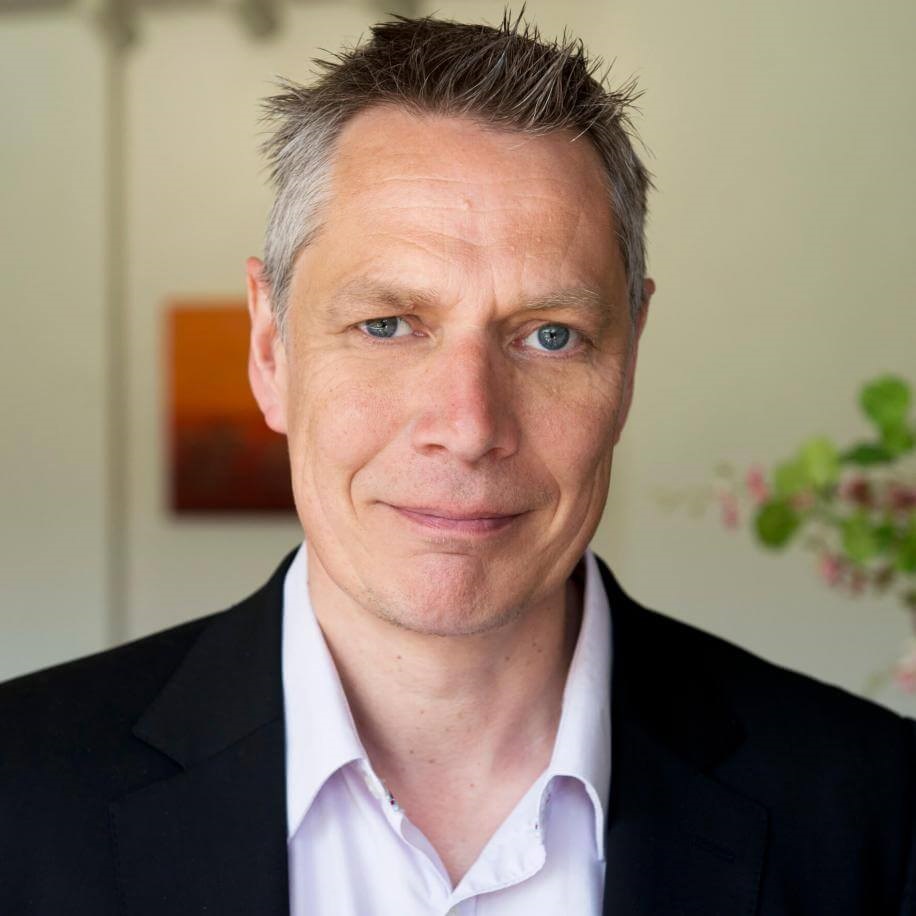- Leadership
Succession by Noel Tichy - A Review
"Every question about leadership ultimately gets down to development, its about crucible experiences that make others better"
Noel Tichy is the father of action learning. He headed up GE’s Leadership Center at its ground-breaking corporate university, Crotonville, in the 1980’s, and since then has been a professor at Michigan’s Ross School of Business. He is a prolific author and thought-leader.In his latest book, “Succession: Mastering the Make or Break Process of Leadership Transition”, this seasoned coach of CEO’s, educator and consultant brings compelling tools, insights and case studies of ‘getting it right and getting it wrong’ into practical frameworks to allow the building of effective leadership transition pipelines.
The book covers detailed examples of big corporates, start-ups and family businesses.
The reader could be initially misled that this book is mainly about CEO succession. It is much more than this and builds on Tichy’s body of work from GE in the 1980’s onwards.
Tichy’s examples of CEO succession are always evidenced by stark graphs of market cap over a CEO’s tenure. Often to make his point ‘the slow, steady, agonizing contraction of share price’ is a sobering illustration of the ‘get it wrong examples’. Tichy avoids the academic politeness of not offending the good and the great. His description of Steve Balmer at Microsoft is typical. Tichy quotes Balmer as follows :
‘at the end of the day we needed to break the pattern. Face it, I’m the pattern’ and then concludes in Tichy’s direct style. ‘That was one of the few strategic decisions Balmer took that the stock market strongly endorsed’
Other detailed and emotionally charged examples include JC Penny – the choice to hire externally, Ron Johnson of Apple did not work out well. After a collapse in customer satisfaction and share price the board reversed course and rehired Johnson’s predecessor.
There are equally insightful ‘got it right examples’. Notably Ford and the hiring of Alan Mulally who not only led a genuine transformation he set in place a robust internal succession pipeline to identify and appoint current CEO Mark Fields. Within these readable case studies is a strongly argued approach to succession that has implications for the whole organization.
His summary of best practices revolve around the ‘technical, political and cultural challenges’ at each organization and can be summarized as his quotation at the start and end of the book with his interview with Boeing CEO James McNerney: ‘every question about leadership ultimately gets down to development, its about crucible experiences that make others better’
Tichy concludes that the most important responsibility is to grow transformational leaders from the inside so that you never need to go outside.
Ironically Tichy chooses example of CEO’s (McNerney and Mulally) who were ‘external’ appointees, despite thatboth developed pipelines to ensure the development of internal successors.
Tichy’s bullet point approach provides helpful provocations to HRD’s and board members struggling with the succession issue. For example his CEO Succession Rule:
Rule 1: Great CEO successions don’t make great copy.
Rule 2: The CEO is not the only game in town.
Rule 3: The process is best served when the CEO collaborates with the HRD and the board.
Equally useful to practitioners is the layout of the book. Following the conclusion chapter there follows three sections including ‘A process handbook, ‘teaching instructions’ and ‘simultaneous development for succession planning handbook’. The tools included are helpful, practical and easy to use. For example, the ‘Candidate Slate’ the ‘Leadership Judgment Process’ and a detailed outline of how to run an internal succession planning workshop. I can imagine these tools being used the world over by OD professionals. This book is worth the investment for the handbooks alone.
Tichy helps bring us full circle by concluding:
‘CEO succession should not be and never will be only about selecting the best CEO from a pool of likely candidates. It must always be about building a continuously transforming succession pipeline carefully constructed and designed to grow truly transformational leaders on the inside. It is in this sense fundamentally about creating, coaching and developing leaders at all levels’.
Corporate cliches are for yesterday’s business. Today's business calls for a new kind of leadership, one that sees beyond yesterday’s cliches and creates meaningful change, the kind of change that yields long-term, sustainable results.
ARTICLES YOU MIGHT LIKE
RESEARCH
Why organizational resilience requires adaptive leadership particularly in times of crisis
DEVELOPING LEADERS QUARTERLY MAGAZINE AND WEEKLY BRIEFING EMAILS


































